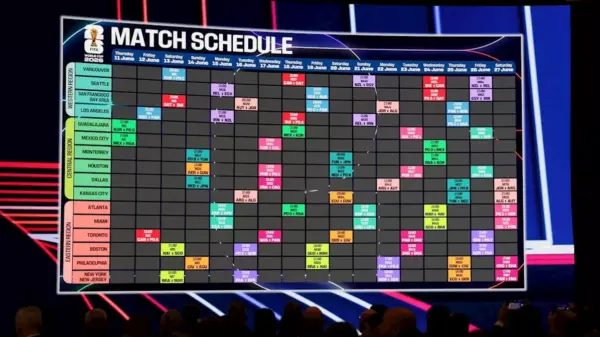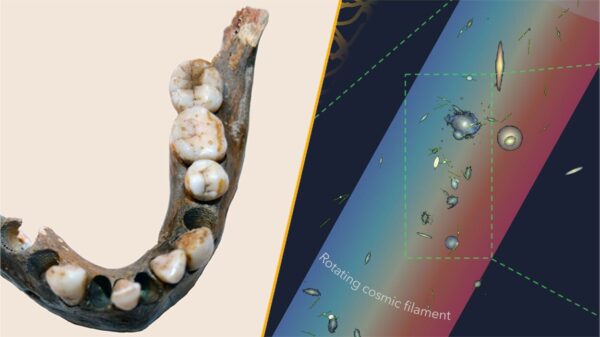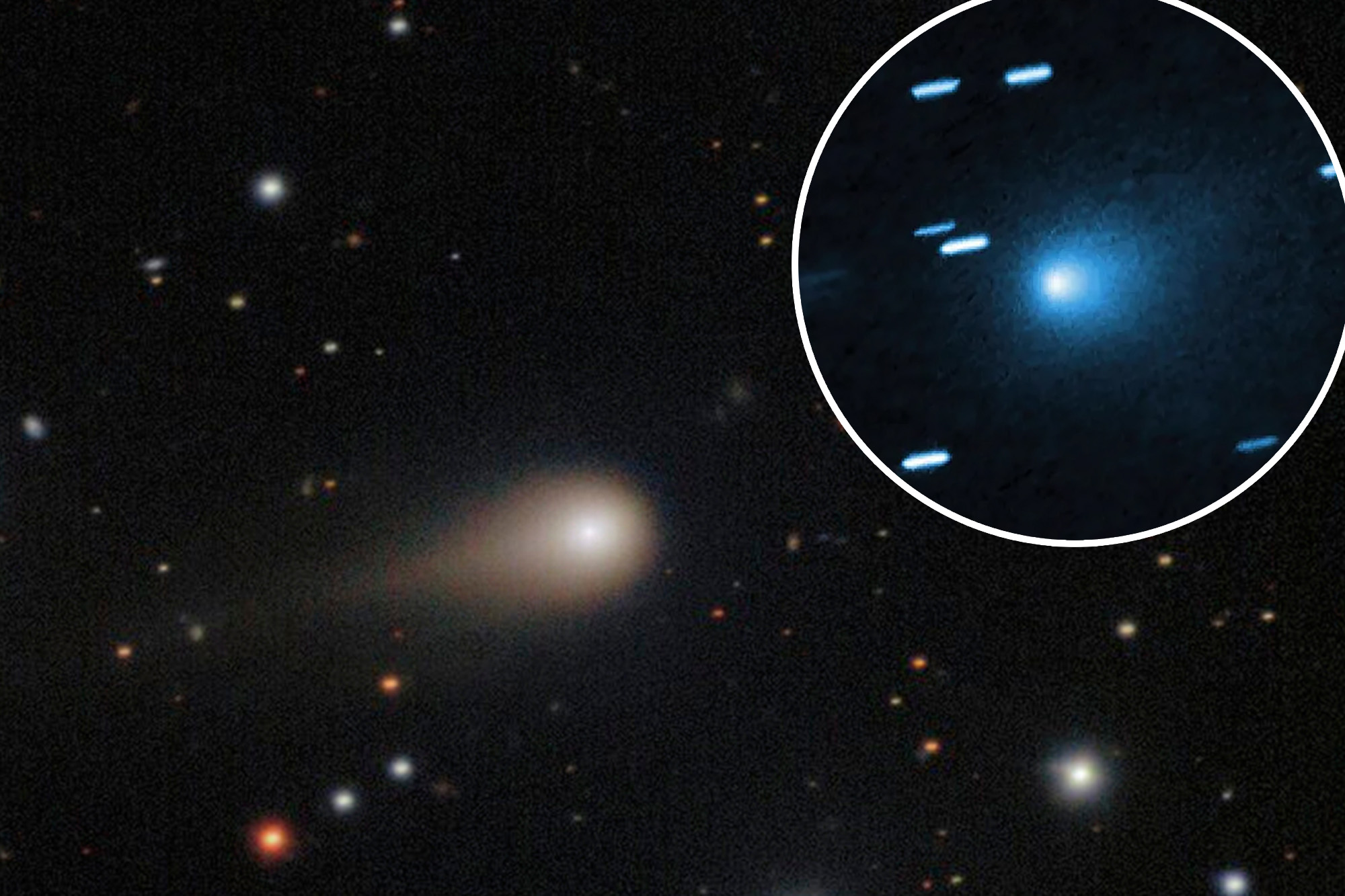The comet 3I/ATLAS, the third interstellar object to enter our solar system, is set to capture the attention of sky watchers tonight. The Virtual Telescope Project will host a live stream beginning at 11:15 p.m. ET, allowing viewers worldwide to witness the comet as it moves away from the Sun. The livestream will showcase telescopic views of the comet, which will be visible above the eastern horizon, moving through the stars of the constellation Virgo.
Experts have been monitoring 3I/ATLAS closely, describing it as a Manhattan-sized comet that has intrigued both scientists and the public alike. Since its discovery, the comet has sparked various theories about its nature. The Virtual Telescope Project will set up a series of telescopes in Manciano, Italy, to provide detailed views, as the comet’s brightness, at magnitude +10.9, is too faint for the naked eye.
The live viewing event coincides with the anticipated release of high-resolution images of 3I/ATLAS taken by NASA’s Mars Reconnaissance Orbiter. According to a NASA source, these images, captured in early October 2023, will be shared soon, following the end of a government shutdown that delayed their release. Harvard astrophysicist Avi Loeb criticized the delay, stating, “Science should have been prioritized over bureaucracy. The truth about the nature of 3I/ATLAS will be revealed by the sharing of data, not by the storyline of gatekeepers.”
Since its discovery four months ago, 3I/ATLAS has raised eyebrows, especially when it made a close approach to the orbits of Jupiter, Venus, and Mars last month. Some observers have speculated that the comet could potentially be an extraterrestrial spacecraft. This speculation even drew comments from prominent figures, including Elon Musk, who warned that a comet of this size could “obliterate a continent…maybe worse.”
As excitement builds for tonight’s livestream, viewers are reminded that astronomers will be bringing the cosmos closer to home. The opportunity to see 3I/ATLAS in real time represents a unique moment in astronomical observation, allowing the public to engage with the wonders of the universe.






































































